The recently concluded North American tour of the VR Film Festival, organized by artist agency Kaleidoscope, showcased a large number of creative works of virtual reality. But it also demonstrated that there are many different facets to this relatively "new" medium.
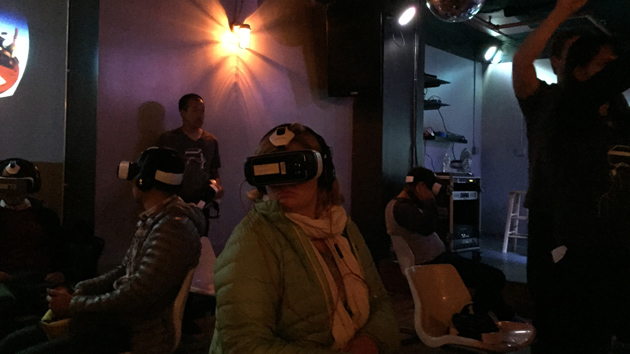
Purists from the earlier wave of VR (1980s-90s) may hold firm to the classic definition of virtual reality as an immersive, navigable, and interactive 3D world. However, the current wave has a new flavor, commonly known as Cinematic 360 (or 360 for short). Essentially this is a spherical video that is projected in virtual space around the viewer to create the illusion of being in a specific location. Think QuickTimeVR with a head-mounted display. The result can be quite effective, with the trade-off being that 360 viewers cannot freely navigate the scene nor can they interact with it. Blasphemy for some, but artistically, it's really just another choice in medium.
Being able to experience a large number of works at the festival in a single evening made it apparent however that this was not the only means by which to categorize any given work. For example, within the realm of Cinematic 360, some pieces were captured with a video camera rig to provide a photorealistic environment, while others were animated for a more fanciful setting. Some were representational; others purely abstract. Some hand-modeled; others procedurally generated. Some emotionally engaging, others cerebral.
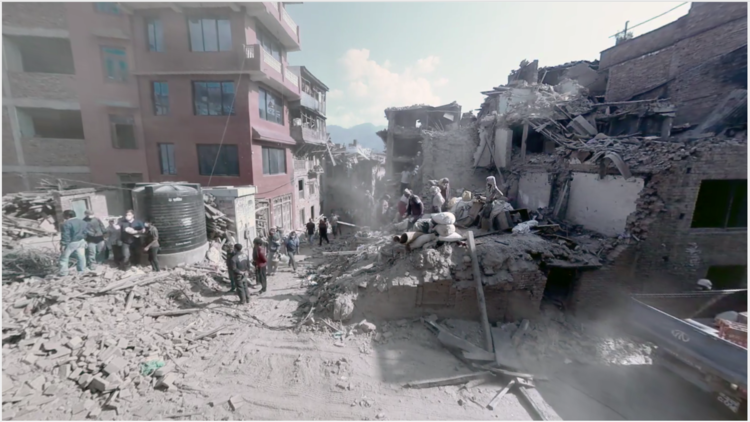
My evening of experiences began with a documentary called, The Nepal Quake Project. This devastating work, directed by David Darg, is a live action 360 video that drops the viewer smack in the middle of the deadly earthquake aftermath. You are situated right atop the rubble piles among numerous survivors digging through the debris, taking occasional breaks to simply stare straight at you. This uncomfortable sensation quickly gives way to the realization that you have been transported into the heart of a awful disaster that normally you would only see in short, repetitious video clips on the nightly news. This piece definitely gets the empathy award.
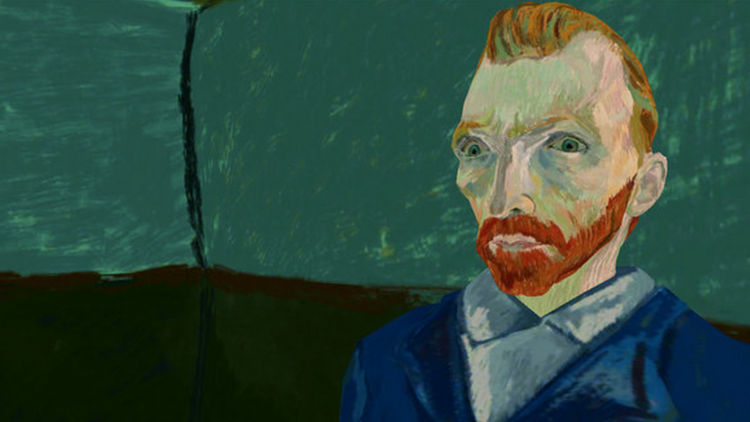
The Night Cafe, directed by Mac Cauley, provided a welcome respite. Quite calm and beautiful, this real-time experience welcomes visitors to step into the world of painter Vincent van Gogh, or at least an interpretation of it. One is able to wander freely throughout this 3D recreation of a 19th century absinthe bar that is cleverly rendered in the style of the famous Post-Impressionist, including many familiar references to his paintings. Interestingly, this work was one of the few in the festival which allowed unencumbered navigation throughout the virtual environment, which was made up of numerous rooms and unique perspectives.
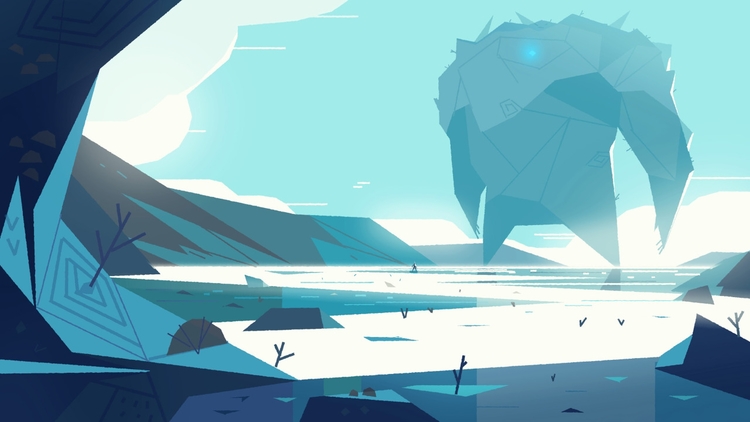
Where van Gough's cafe provided a painterly environment to freely explore, the stylized animation Colosse, produced by Joseph Chen, presents a clean, crystalline aesthetic in support of a more traditional, character-focused narrative. Forgoing dialogue, this work tells of the interaction of a young protagonist with a "long lost Great Spirit". The challenge for delivering such linear plots in the 360 environment, given the complete absence of a picture frame (or proscenium arch, if you prefer), is how to direct the viewer's gaze. This well-executed production managed to do so with strong considerations of space, scale, and motion, even if the storyline did not quite resolve satisfactorily.
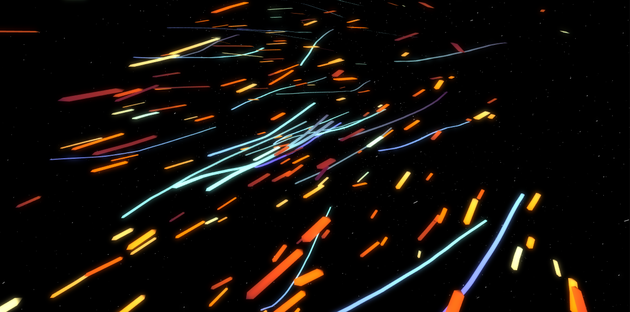
Moving from abstracted representation to the purely abstract, Tana Pura, directed by Mike Tucker, is a fine work of real-time animation set to a musical composition by Radiohead's guitarist Jonny Greenwood. With its endless array of sharply colored ribbons flying about and infinite star fields continually realigning themselves, this procedurally rendered environment was literally a head-turner with the symphony of motion redirecting one's view to take full advantage of the 360-degrees of digital canvas. Said to be inspired by The Tibetan Book of the Dead, this non-representational work stands on its own in terms of "absolute animation", otherwise known as "visual music".
These varied works show just some of the breadth that was on display at this traveling event, but there were many more pieces to be seen. It was near impossible to view everything in a single night, thanks in good part to the large audience turnout. But more to the point, there is a clear groundswell of creative activity now happening in VR, and we may finally be moving beyond the days of technology demonstrations, as the virtual environment begins to mature into a true artistic medium, albeit still relatively early days.

